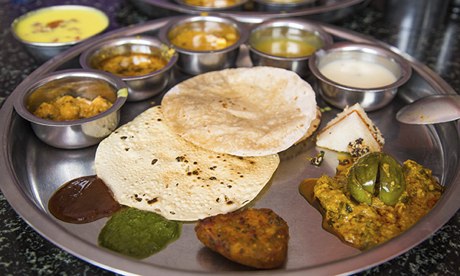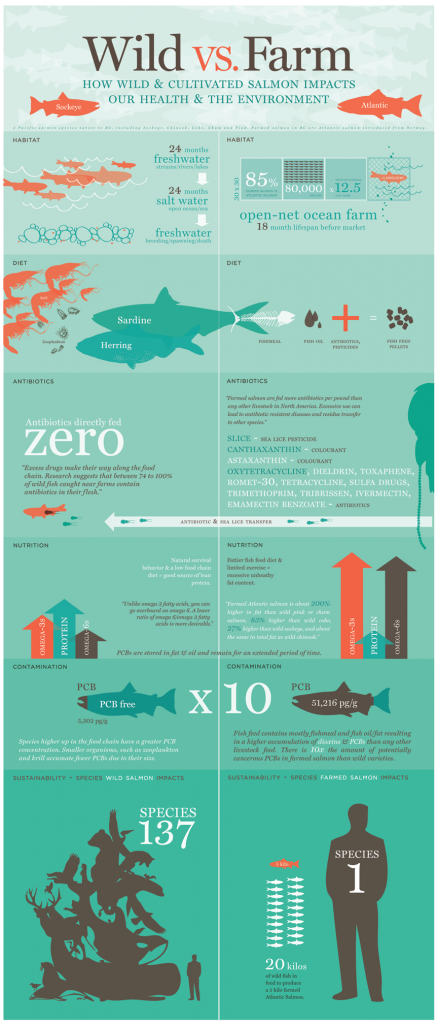How to eat: Curry
Via: The Guardian
Of course, “curry” is shorthand for a vast, complex food culture, not a dish per se, but given the unique way it is enjoyed and eaten in Britain, it made sense to cover it as one.
Choosing a Curry House:
No, the supermarket won’t do. And who among non-Asians has ever cooked a satisfying curry at home? However, identifying a curry house that is cooking fresh, clearly differentiated dishes is difficult. There are no hard and fast rules. These pointers, though, may help.
Encouraging Signs:
-It’s south Indian. Bad south Indians must exist, but I’ve yet to eat in one. Instead, the sensitivity of the spicing in most Tamil or Keralan eateries is revelatory. From light, interesting rices cooked with curry leaves, cashew nuts, mustards seed and lentils, to the thali – the ultimate meal for the indecisive diner – you can’t go wrong.
-There are women in the kitchen. A sign that you’re in good (often Gujarati) hands.
-It is vegetarian and, therefore, will be working that bit harder to maximise flavour.
-It is a basic, no-frills cafe. It will be cheap at least, and with nothing going for it but the food, likely brilliant.
When to Eat:
There is a common misapprehension that the best time to eat a curry is when you’re drunk. In fact, the best time to eat a curry is when you’re hungover. There are several reasons for this: you can’t be arsed to cook; you’re craving carbs; the piquant flavours of a good curry will penetrate the muggy fug in your head like few other foods; eating something with a decent chilli heat feels restorative (erroneous endorphin claims or not); and it’s a great excuse to crack open what you really want, which is a belated hair-of-the-dog beer. The existential gloom will lift rapidly and (as it’s probably Sunday night), an hour later you will be having a heated debate about why are we still watching this bloody nonsense Homeland?
Click for more tips on — How to eat Curry?


